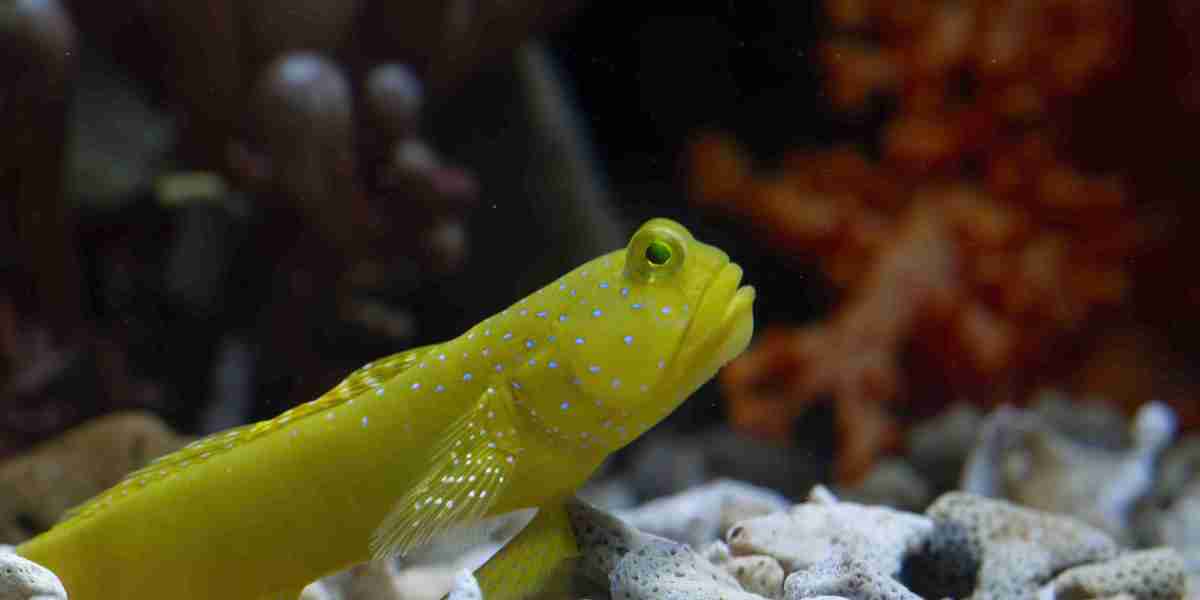The Journey Beneath the Surface: Why Fish Migration Matters
Every year, millions of fish begin long, arduous journeys—some swimming thousands of kilometers across oceans and rivers to spawn. This migratory behavior is essential to the survival of many species, from salmon in North America to eels in Europe and catadromous fish in Asia. But these epic migrations are under threat.
Dams, pollution, climate change, and habitat degradation are disrupting natural routes. For scientists and conservationists, understanding exactly when, where, and why fish migrate has never been more critical.
That’s where Tag tracking has become a game-changer.
What Is Tag Tracking?
It refers to the method of using tiny electronic tags—either passive or active—that are implanted or attached to fish to monitor their movement. These tags emit signals or contain microchips that can be detected by specialized equipment placed in migration routes like rivers, estuaries, or even open sea.
There are several types of tags used in fish tracking:
PIT (Passive Integrated Transponder) tags
Acoustic tags
Satellite tags
Radio tags
Each type serves different purposes based on species, habitat, and study goals. But they all work towards one mission: to collect high-resolution movement data of individual fish over time.
Why Traditional Methods Fall Short
Before this tracking, researchers relied on more invasive and limited tools—like mark-and-recapture studies, netting, or visual sightings. These approaches had serious drawbacks:
Low accuracy: Difficult to know where fish traveled in between sightings.
Stressful for the fish: Repeated handling often affected fish health or behavior.
Labor-intensive and seasonal: Field studies were restricted to certain times of year.
With this, researchers can now collect real-time data 24/7, across seasons and even years. It's revolutionizing how fish migration is studied.
Real-World Applications of Tag Tracking in Migration Studies
1. Pacific Salmon in the Columbia River Basin
It has been widely used in the U.S. Pacific Northwest to monitor the endangered Chinook and sockeye salmon populations. Passive tags implanted in juvenile salmon are detected by reader stations at various points in the river system.
Over 40 million fish have been tagged since the 1980s.
The data helps identify critical survival bottlenecks and migration delays.
Real-time dashboards now track fish migration status to inform dam operations.
This tracking data is used not just by scientists, but also by federal agencies managing hydropower systems and tribal conservation programs.
2. European Eel Monitoring in the UK and Netherlands
European eels migrate over 6,000 km from European rivers to the Sargasso Sea. Due to a drastic 90% decline in population, understanding their migration route is crucial.
Through This Tracking, researchers discovered:
Eel movement timing was highly sensitive to water temperature and flow.
Many eels failed to pass river barriers, prompting changes in infrastructure.
Some reached spawning areas faster than previously assumed, altering migration models.
These insights are now influencing EU policy on waterway management.
How Tag Tracking Improves Data Quality
Here’s what makes it far more powerful than earlier techniques:
| Benefit | Description |
|---|---|
| Precision | Detects exact timing and location of movement, often to the second. |
| Scalability | Thousands of fish can be tracked simultaneously across vast networks. |
| Long-Term Insight | Some tags last for years, allowing multi-season tracking. |
| Behavioral Analysis | Tracks fish depth, speed, and rest patterns in some models. |
| Non-Invasive Monitoring | After tagging, fish aren’t recaptured or disturbed. |
All of this leads to better models for fish population dynamics, ecosystem health, and conservation impact.
Setting Up a Tag Tracking System
Researchers or agencies looking to implement Tag tracking should consider:
Tag type: PIT tags for freshwater, acoustic tags for marine or estuarine environments.
Detection infrastructure: Antennas, hydrophones, or satellite connections.
Power source: Solar-powered readers are often used in remote areas.
Data platform: Integration with cloud storage or telemetry software.
Ethical tagging protocols: Proper handling ensures minimal impact on the fish.
Popular providers like Lotek, Biomark, and VEMCO offer full systems customized to species and study goals.
Conservation Impact and Policy Influence
One of the biggest benefits of this tracking is how it influences real-world action:
Dam operation schedules are adjusted to better support fish passage.
Fishing regulations are updated based on accurate spawning timelines.
Habitat restoration efforts are directed to the most critical zones.
Climate models are refined with real-time migration and survival data.
For example, in British Columbia, this tracking data has directly led to seasonal dam drawdowns that now align with peak salmon smolt migration.
The Future of Tag Tracking
With advancements in AI, IoT, and remote sensing, this tracking is only getting smarter. Emerging innovations include:
Smart sensors that collect water quality data alongside fish ID.
Machine learning to predict movement patterns under climate stress.
Global positioning for marine migrators through satellite-linked tags.
These technologies will unlock even deeper insight into fish ecology and accelerate ecosystem-level conservation planning.
Final Thoughts: Why Tag Tracking Is a Must-Have Tool
Fish migration is more than just movement—it's survival. Whether they're avoiding predators, navigating human-made obstacles, or responding to a warming planet, fish depend on the freedom to move.
Tag tracking gives us a front-row seat to these journeys. It takes the guesswork out of science and replaces it with clear, actionable insight. For anyone working in marine biology, freshwater conservation, or environmental policymaking, it’s not just helpful — it’s essential.




